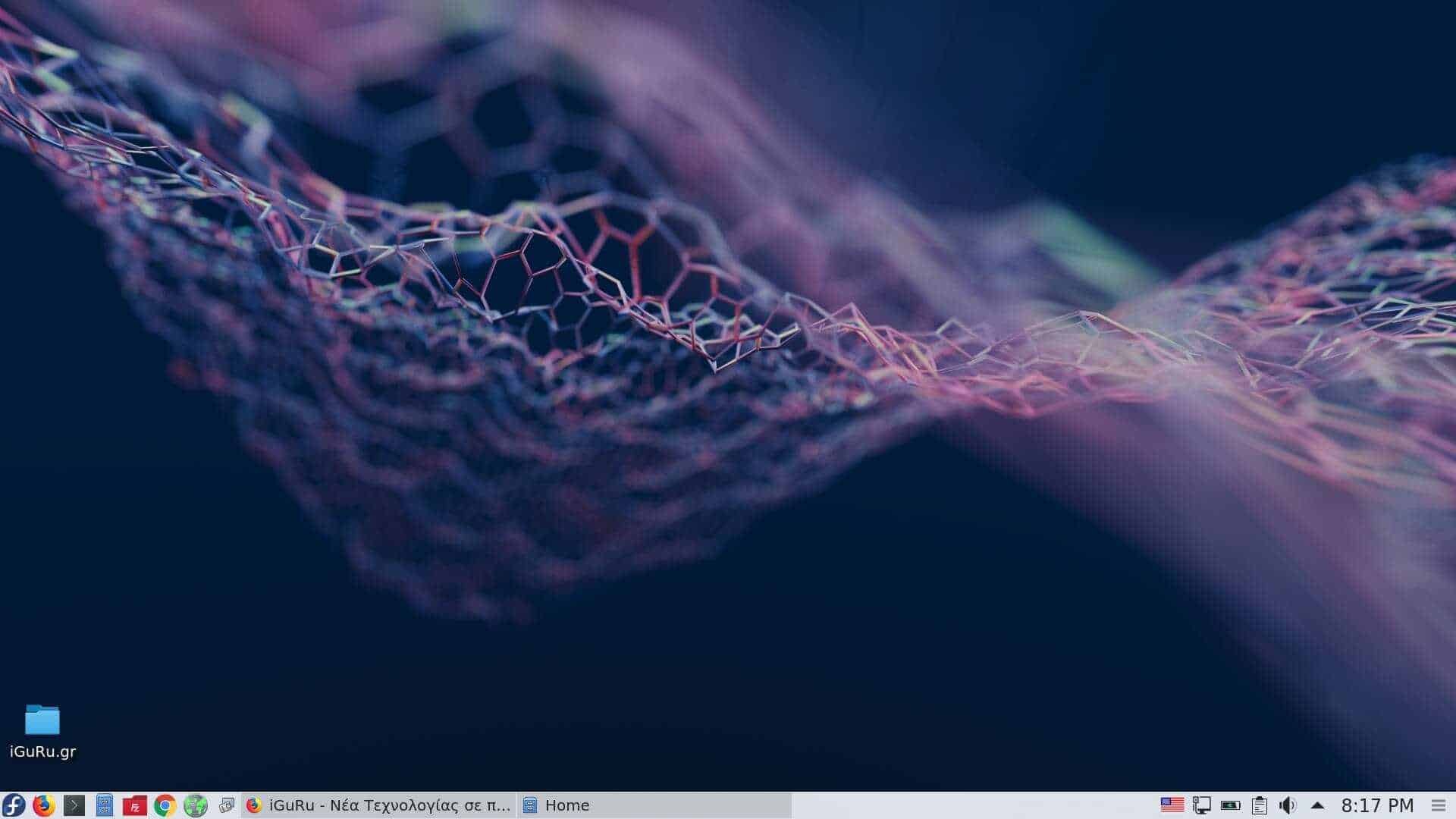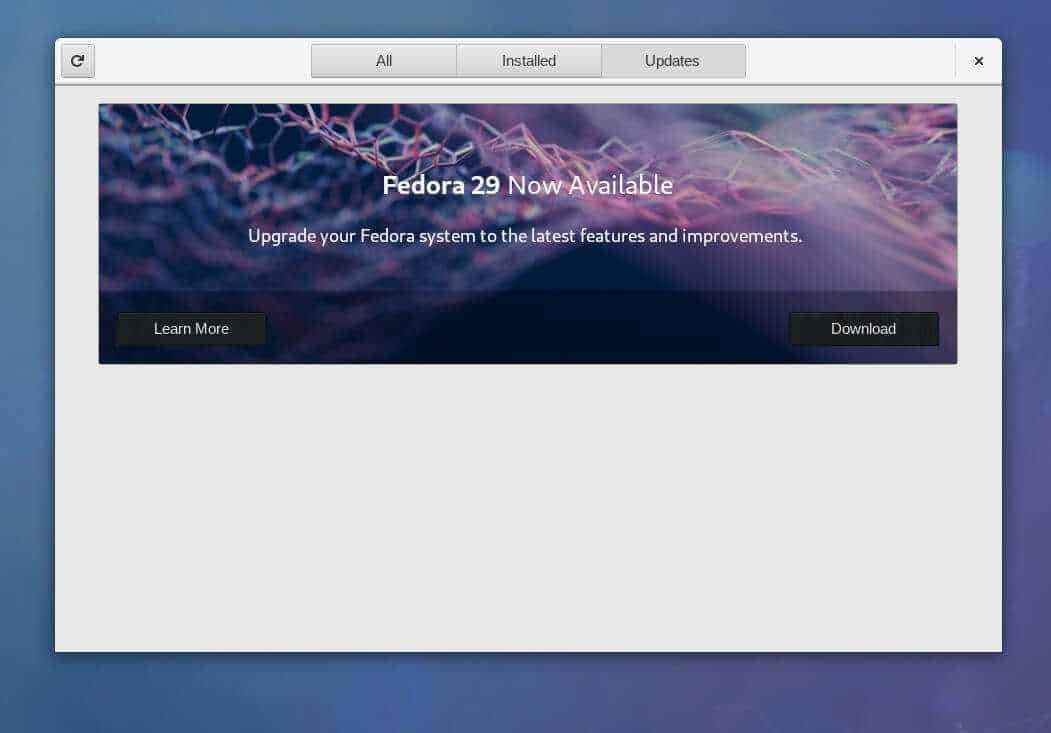Yesterday we announced her official mood of the Fedora 29 distribution. I've been waiting for it for quite some time, and more specifically, since the feature modularity was announced, as well as the automatic updates with the addition of Flatpak.
So, I passed the ISO to a USB, and I installed the new OS. I made a clean installation, formatting the partition of Fedora 28, because I wanted to see how the installer behaves.
Tip: To upgrade from Fedora 28, you will have to wait for the system to inform you that an upgrade is available. 
If it does not appear, open the Software (Gnome) application and let the system update its packages. In the end, it will normally show you the upgrade. Click Install to begin the conversion to Fedora 29. When the download is complete you will see a Restart & Install. Restart your system and wait for the installation to complete.
In case you want to upgrade with terminal commands, type one of the following commands:
sudo dnf upgrade --refresh
sudo dnf install dnf-plugin-system-upgrade
sudo dnf system-upgrade download --releasever = 29
With Fresh Install, however, the process was much more pleasant and quite short. Its installation software which contained the Live DVD took no more than 5 minutes, while the bootloader installation took another 5. Installing the bootlader on computer that I use is a problem and is usually incredibly slow as the disk contains 6 different distros and a Windows 10 installation (not to be biased).
After the first surprise, we went directly to the second, as the installer gave no choice to add another user.
After the reboot, there was a Gnome window that allowed me to connect as a root or create a new user.
Surprises, however, did not stop coming. This version is the first to feature Fedora Modularity. Modularity allows us to transfer different package versions to Fedora that we have installed.
This means that we no longer have to think about upgrading the OS just to be able to upgrade some packages. For example, you can choose Node.js version 8 or 10, whether you're on Fedora 28 or Fedora 29. Or you can choose between a version of Kubernetes which matches OpenShift Origin.
Fedora 29 comes with GNOME Shell 3.30.1 in Wayland, Linux 4.18 kernel, GCC 8.2.1 compiler, and X.Org Server in version 1.20.1. After installation I updated the system and passed KDE Plasma as desktop with environment.
Details can be found in the following picture:

Let me say that the system so far behaved perfectly, but I would like to see it at least a week before I give a point of view. The distribution in this version, although intended more for developers, can be used without problems by novice users as well.
Download Fedora 29 Workstation
____________________
- New MX Linux 17.1 x64 Custom ISO from iGuRu.gr
- Kodachi Linux 5 anti forensic anonymous operating
- Q4OS 2.5 Scorpion for Windows users who want change





